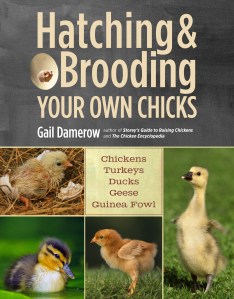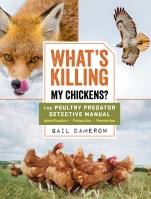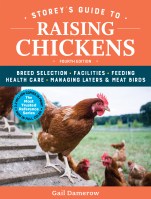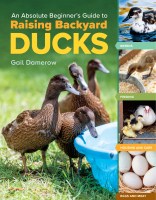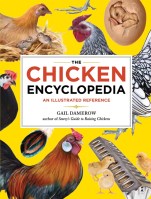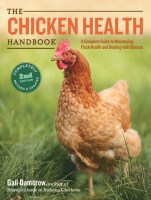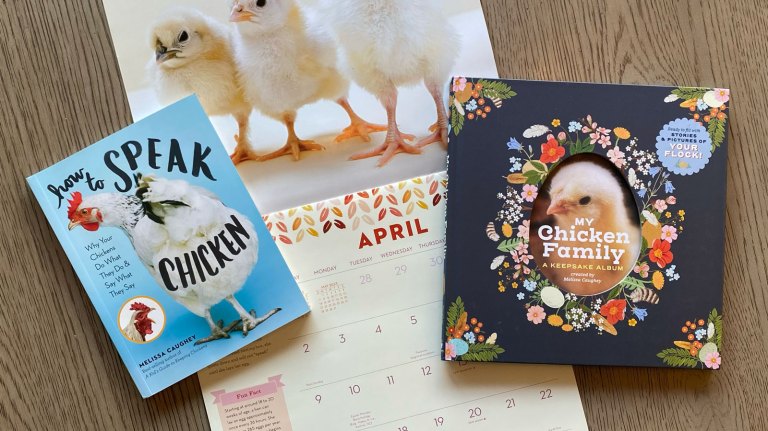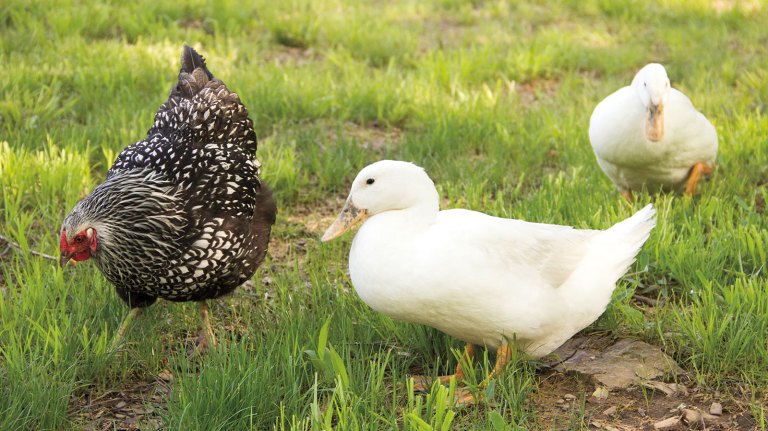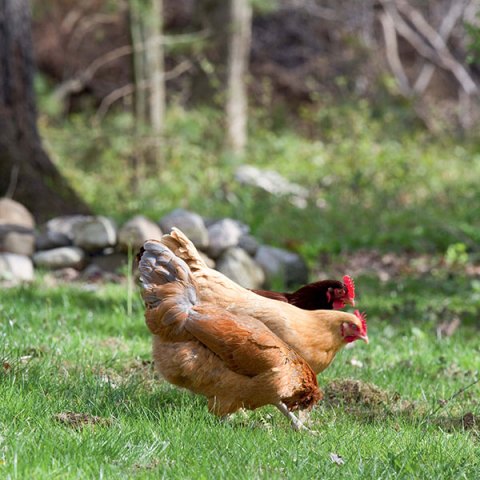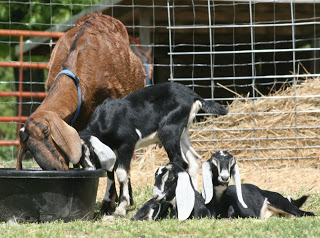Make a Plastic Tote Brooder
Chick days are nearly here! Give your new arrivals a safe, warm space with this excerpt from Hatching & Brooding Your Own Chicks.
Hatchlings are not entirely helpless, but until they grow a full complement of feathers you’ll need to keep them warm and dry and protect them from harm. Like any other babies they must also be fed and kept clean. A brooder serves all these necessary functions. Before the arrival of hatchlings, have your brooding facility set up and ready for them to move into. Setting up a brooder isn’t difficult, or expensive, once you know what’s needed.
An extra large plastic storage tote, in the 100-gallon range makes an easy-to-clean brooder, and the snap-on lid secures it from predators. The advantage over a cardboard box is that the tote won’t be demolished by moisture. Moisture does tend to collect in the bedding, however, because it has no place else to go, so the bedding must be cleaned out and replaced every other day or so, to keep it from getting moldy. For brooding ducklings or goslings, an elevated floor made of hardware cloth (with all the cut edges turned downward so the birds can’t snag a foot) gives excess moisture someplace to go until you come along to mop it out. For all species, having two totes is handy, so you can move the little ones to a clean, dry tote while you clean and dry the first one.
A plastic tote can easily get too hot, so keep a close eye on the birds’ comfort level and adjust the heat accordingly. For air circulation, and to prevent overheating, a ventilation hole must be cut into the tote’s lid, which is not an easy job but may be neatly done with a utility knife and plenty of elbow grease. Hardware cloth fastened to the lid will keep out cats and other predators. The heater may be hung from the hardware cloth inside the tote, or placed on top of the hardware cloth outside the tote, depending on how much heat it generates and how much heat is needed.
An extra-large storage tote, well managed to prevent a buildup of moisture and excess heat, holds about two dozen chicks for 1 week or up to a dozen for 2 weeks.
